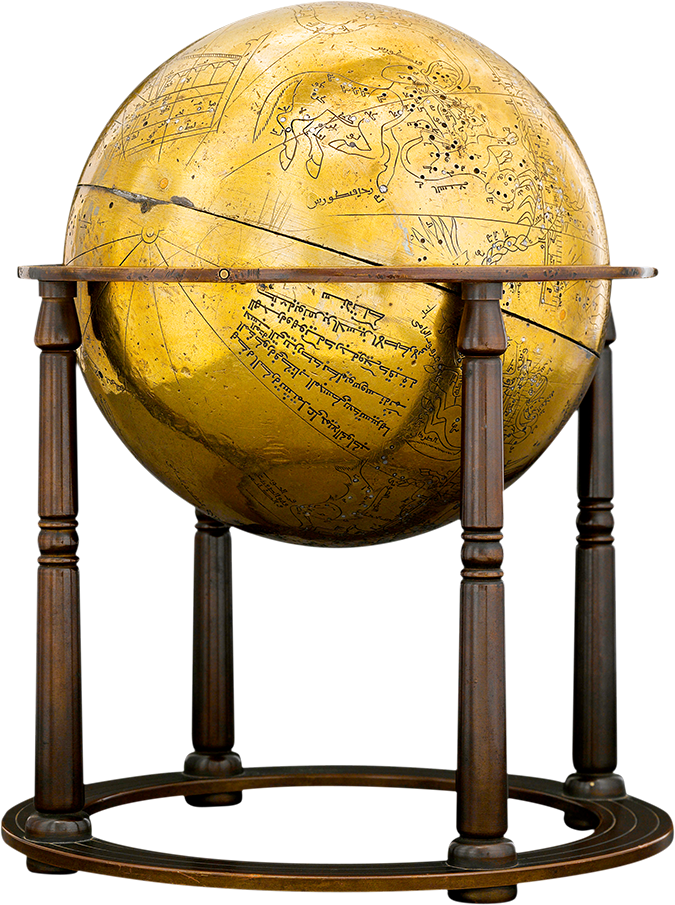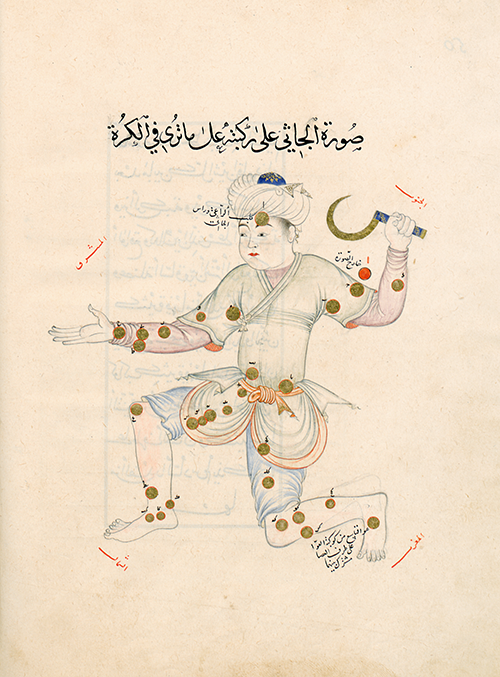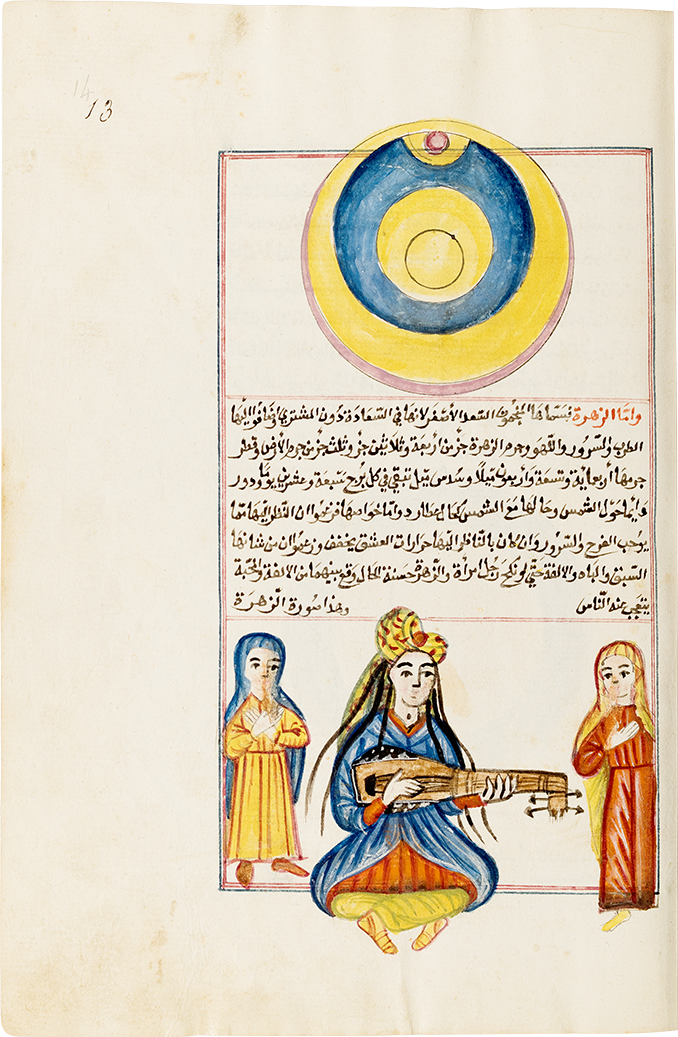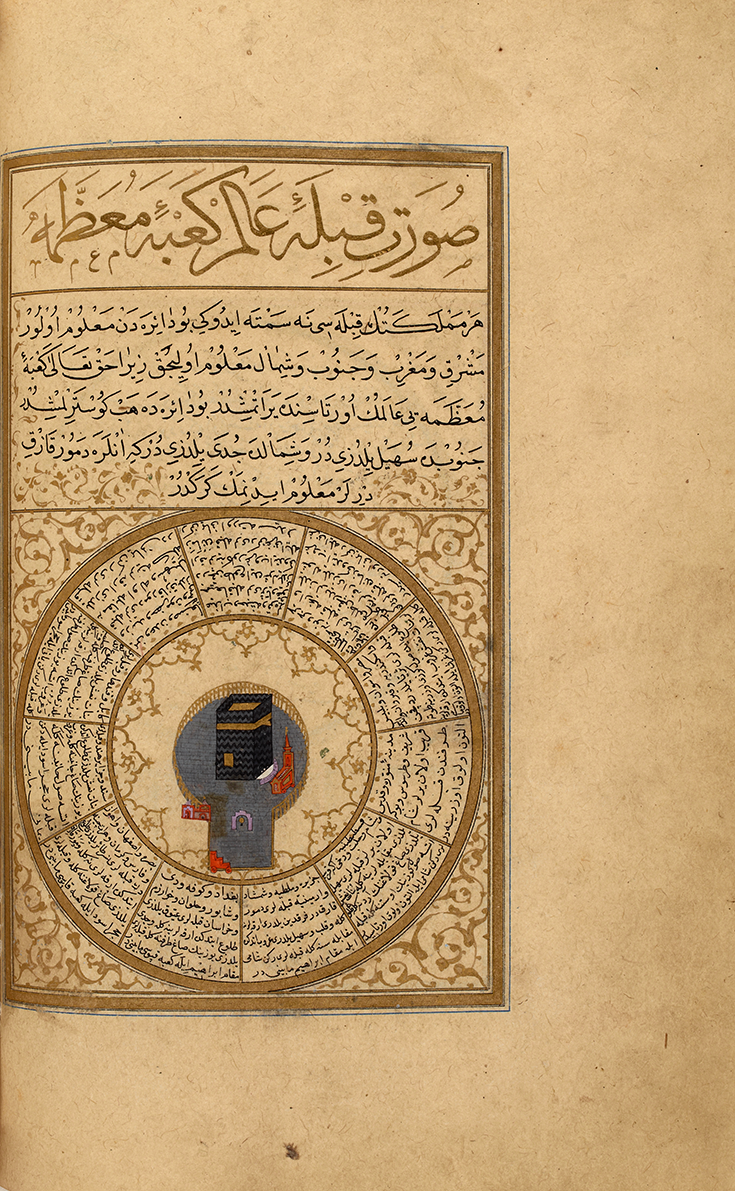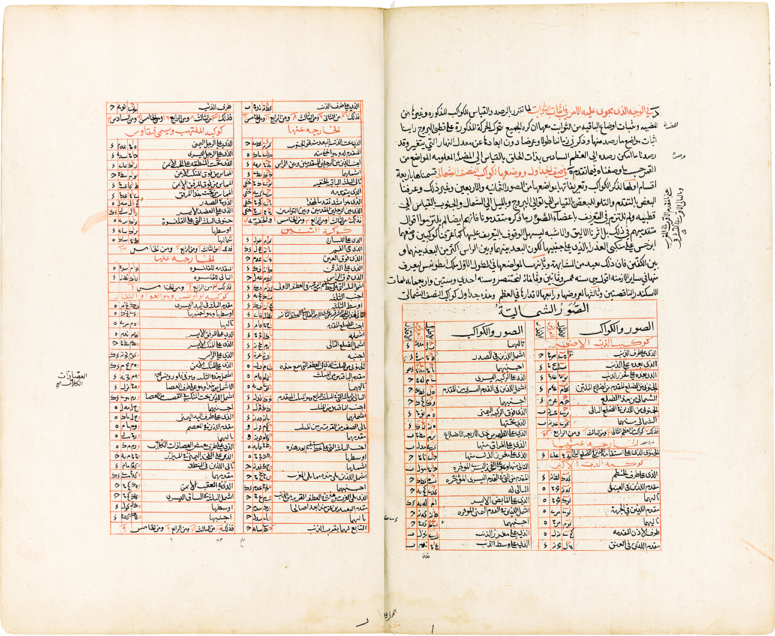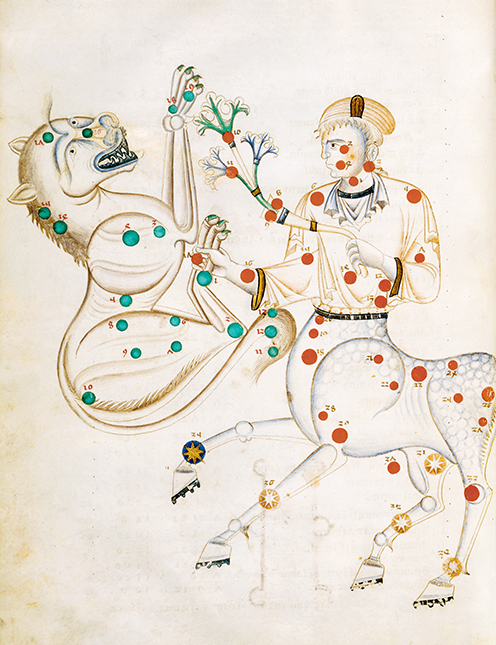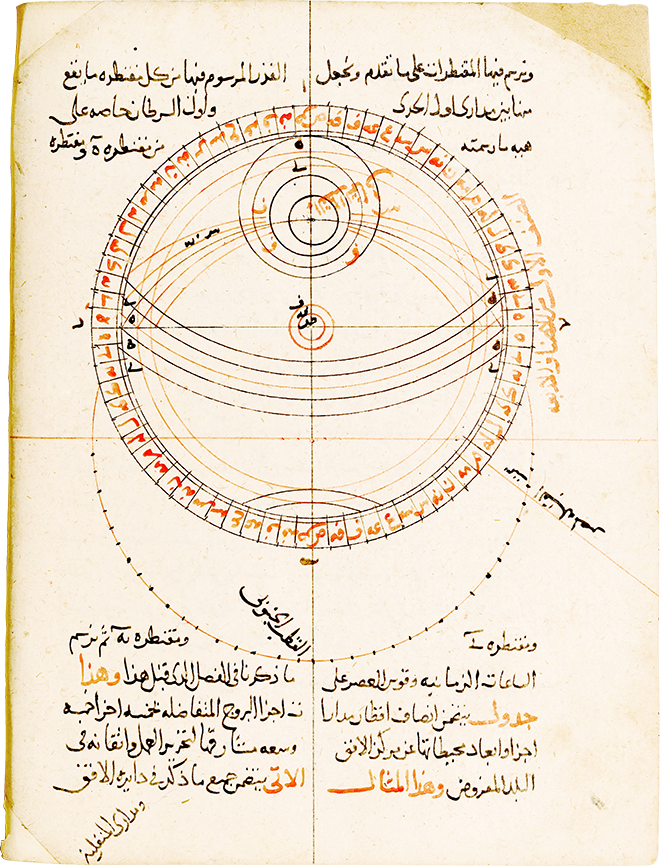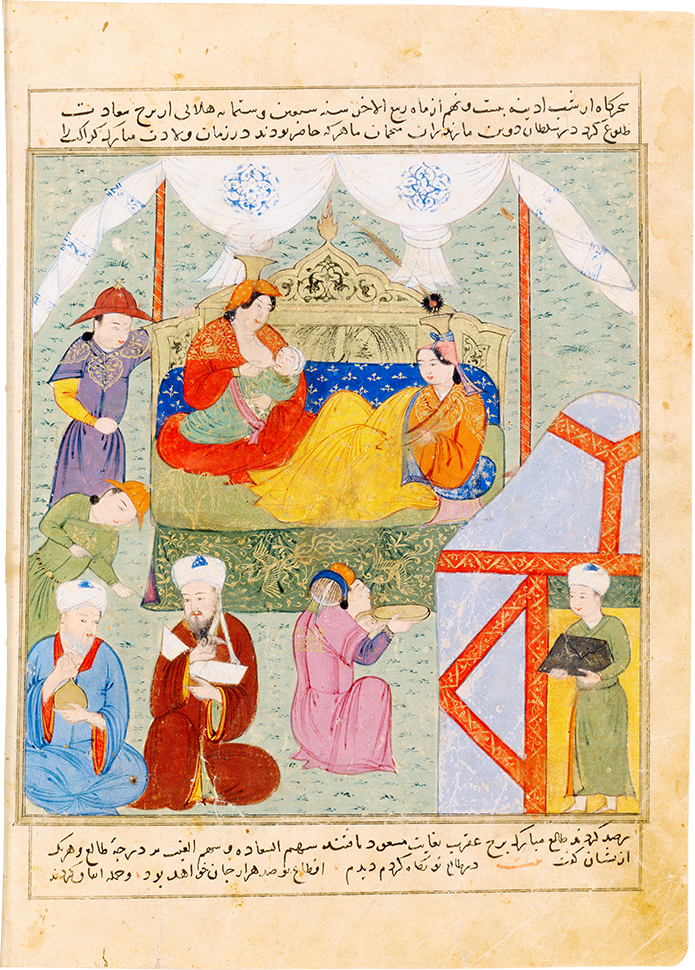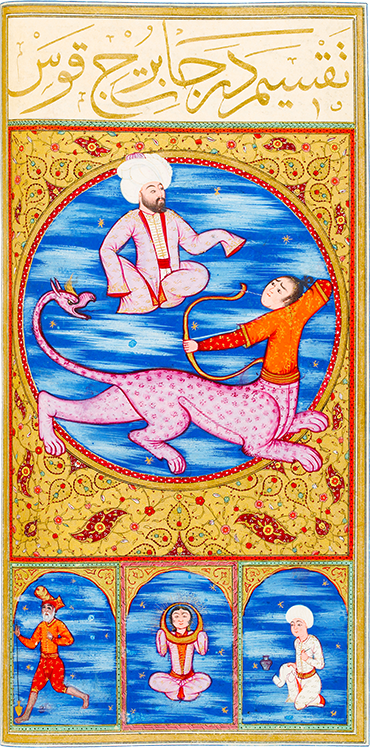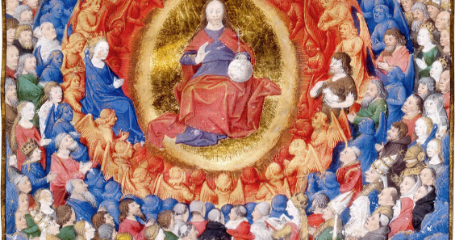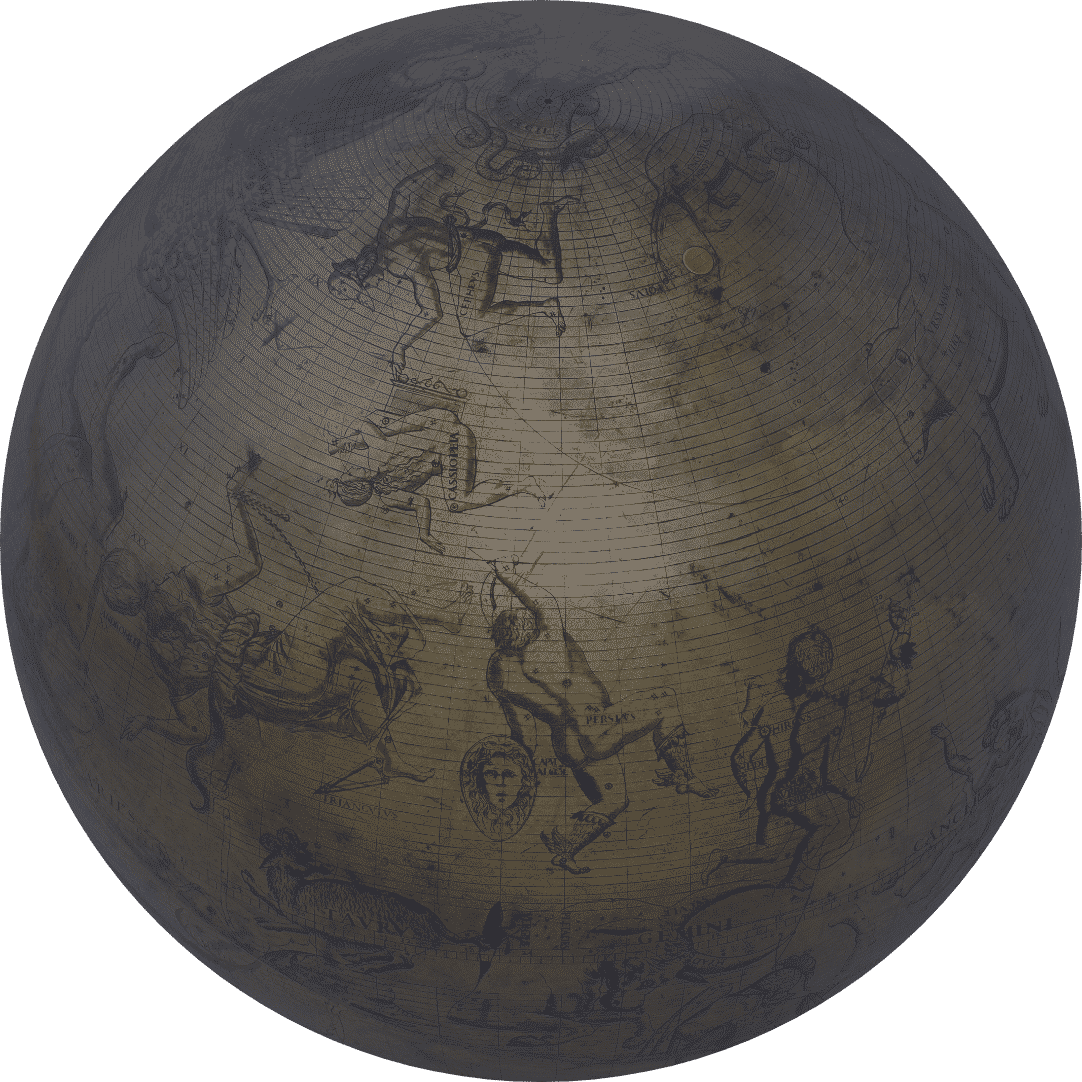
Spheres in the Muslim World
Islamic globes and astrolabes illustrate the breadth and sophistication of the scientific culture that developed in the Muslim world between the eighth and fifteenth centuries. They also shed light on an era when Muslim scholars were at the forefront of astronomical research, developing an authentically Muslim science that successfully reconciled rational research with faith. Above and beyond geography, history, and religion, these objects reveal the intellectual bonds between Antiquity, Medieval Islam, and western modernity, each culture being indebted to the one that preceded it.
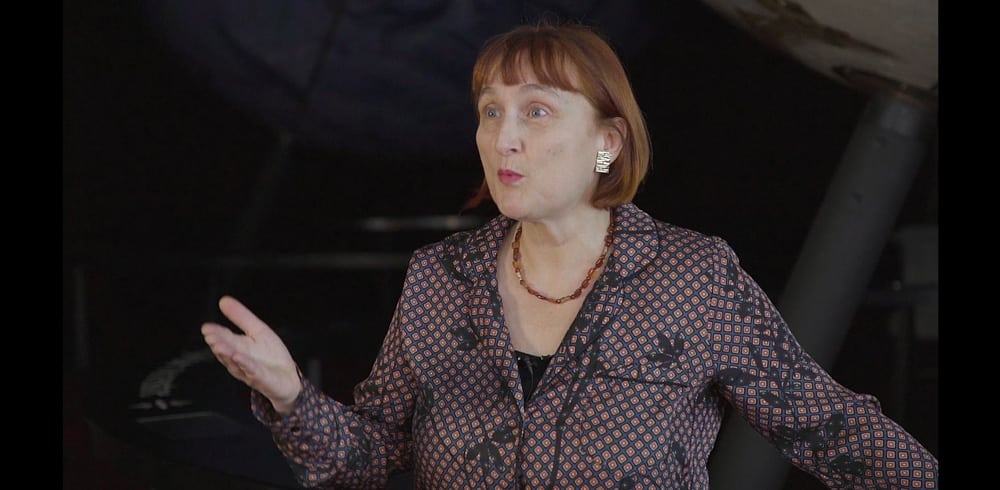
Astronomy: the key science
in islamic countries
First produced in the ninth century, Islamic celestial globes reflected mathematical and astronomical knowledge inherited from a range of ancient traditions: Persian, Indian, and above all, Hellenistic. After the fall of the Roman Empire in the west (in 476), Greco-Roman science was preserved in the Byzantine Empire. From the eighth century onwards, thanks to the Abbassid caliphs’ strong interest in science – and to the mediation of Syriac translators – the ancient knowledge was passed on to the Arabic-speaking Muslim world, where it was rapidly assimilated, renewed and perfected by scholars from many nations who communicated in Arabic, the new language of knowledge.
The celestial globe and the astrolabe, a two-dimensional representation of the sky, were among the most widespread of scientific instruments in the Islamic world, from Muslim Andalusia to Mughal India. They were favored by princes and sovereigns for both their artistic and their symbolic value. Their importance in Islamic science correlates with two key requirements: observing the rules of Islam and determining astral influences.
An understanding of the motions of the heavens was needed to follow certain religious dictates, such as regulating the lunar calendar, determining the five daily prayer times, and allowing believers to face Mecca (qibla) accurately.
Celestial globes and knowledge of the star sphere
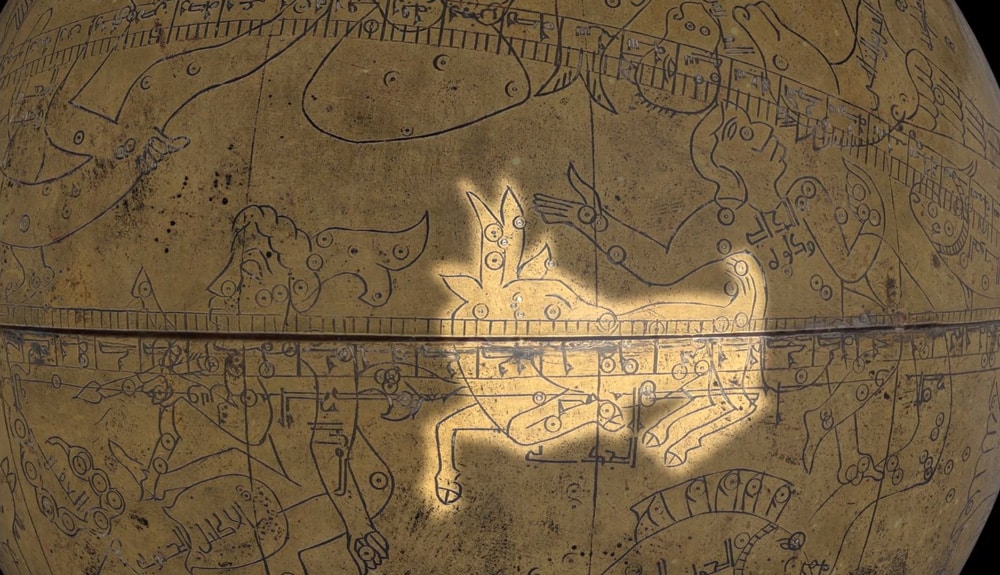
Fewer than a dozen extant Islamic globes date back to before the 15th century and show the thousand or so stars and 48 constellations described in Ptolemy’s Almagest. The oldest surviving ones, from the eleventh century, were made in Andalusia, in the Muslim West. Equipped with a meridian and a horizon, they made possible a great number of calculations: days’ lengths, star-rise and -set times, the determination of hours.
Based on Claudius Ptolemy’s star catalogue, updated to take the precession of the equinoxes into account, Islamic celestial globes generally reproduced the models of the constellations drawn in the Persian astronomer Abd al-Rahman al-Sufi’s Book of Fixed Stars circa 964. The stars are shown both as they can be seen in the sky, and as they appear on a globe. This treatise constituted one of the major Arabic astronomy texts; its influence reached the West in the eleventh century, as did other other Arabic scientific texts that were then being translated into Latin.
Astrolabes: the star sphere in two dimensions
Astrolabes’ main purpose is to plot the daily motions of the sky (celestial bodies and stars), by projection onto a flat surface, and to determine the time, by day or by night. They are composed of five key components: the mother, the tympans (or plates), the rete, the back, and the alidade. As they make it possible to draw up horoscopes, and, therefore, to predict people’s fate, they are the emblematic instrument of astrologers. Numerous treatises about building and using astrolabes were written in the Muslim world.
Interpreting astral influences
As in antiquity, due to the close relationship that thinkers had long established between the macrocosm formed by the universe and the microcosm constituted by humanity, astronomical knowledge also served to determine astral influences on the Earth, its ordinary people and its princes.
Astronomy’s importance to astrology explains numerous caliphs’, emirs’ and sultans’ unflagging support for that field of knowledge. Despite their being condemned by Islamic theologians, the figure of the wise astrologer was represented as early as the eleventh century in “Mirrors for Princes.” Rulers often looked to astrologers for advice in conducting their affairs, both in peacetime and in war. Texts, miniatures and objects echoed these astrological practices, which were seen as indispensable to good governance.
